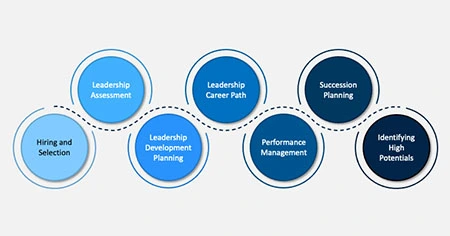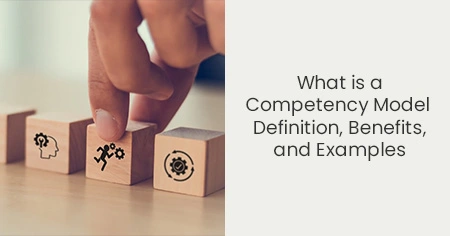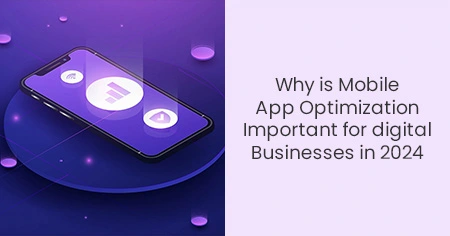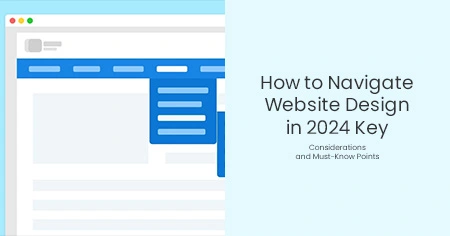Competency models vary from industry to industry and are guided by the needs and goals of a specific business. The training, education, background, and skills necessary for a particular position will also be considered when designing one. In this post, we'll discuss the benefits and examples of competency models that your organization can use.
What is a competency model?

A competency model is a framework used to measure and assess employee knowledge, behaviors, abilities, and skills. They offer employers a clear understanding of the requirements for roles within their organization and can be used to identify skill deficits or talent gaps within the workforce.
Competency models also create job descriptions, performance evaluations, and employee career paths. Competency models can include hard and soft skills, providing depth and breadth in talent management.
What's the difference between a job description and a competency model?
A job description and a competency model sound alike because they describe what an employee is expected to do on the job.
The difference is that a competency model provides specific behaviors that an employee must do on the job to be successful. In contrast, a job description is a general summary of the skills required for a job.
What are the benefits of using a competency model?

Here's a detailed explanation of the key benefits of competency models:
- Identify learning and development needs
Competency models can give employers detailed insights into their employees' learning and development needs. For example, employers can use competencies to identify training needs, assess performance, and develop employee career paths. They can also be used to create educational content and course materials to help employees achieve their goals.
- Promote self-sufficiency among team members
Employees who understand their expectations have the tools they need to control their success within the company. This also makes them aware of the competencies required for advancement to new positions within the organization.
- Fair measurement for performance evaluation
Employers require an objective and consistent way to assess performance. Competency models are comprehensive measures of an employee's skills, abilities, and behaviors that can be used to evaluate performance fairly and accurately. They also give employers an unbiased way to compare employees in different roles and departments.
- Promote communication and understanding across the organization
Developing strong competency models helps team members understand what their colleagues do daily and what they excel at! This can improve cross-functional communication and provide team members with the vocabulary required to discuss their roles with one another.
- They help HR to identify training needs
Competency models help managers audit the organization's skills versus those required to achieve its strategic goals. This will reveal who needs to be trained and in what areas. Similarly, managers can quickly identify employee skill gaps and develop a training strategy to help them succeed.
- Complete understanding of all employee abilities and skills
Employers can gain a complete understanding of each employee's abilities and skills with the help of competency models. They can help employers identify improvement areas and develop personalized learning plans for employees to ensure they have the necessary skills to succeed.
- Pinpoint L&D needs more effective training
Understanding the competency needed for each position allows HR professionals to identify skill gaps in their teams' learning development. This ensures that businesses invest in the right types of learning and development (L&D) while saving energy, money, and time in the long run.
- They streamline the recruitment process
Competency models help gather data that will help create job descriptions for new employees. A clear job description can help an organization attract the right candidates while assisting those in charge in determining who should be interviewed and hired.
Competency models improve recruitment efficiency by distinguishing between essential skills and those that are only desirable. This saves time in the recruiting process.
- Sets a clear direction for workforce performance
Competency models give employers a consistent, clear expectation for performance outcomes. It can help to identify skill gaps and measure employee competencies that need to be filled. Align business goals and strategies to determine performance trajectories.
Example of a competency model:

The format of a competency model for any given job varies depending on the organization and profession. There is no standardized or predetermined structure. Often, organizations will have their own unique template format for competency models. Below is the list of the following examples:
Best Practice
Title- Name of the competency
Definition- Overall definition of the competency
Sub-competencies- General baseline skills and behaviors required
Behaviors- Behaviors that reflect the highest level of proficiency
Proficiency Standards- Skill standards that reflect job-specific requirements and reflect four stages of career development (early, mid-level, senior, executive)
Here is an example competency model for a customer service representative:
Title: Customer Service Competency
Definition: Competencies must provide exceptional customer service to bolster customer loyalty and satisfaction.
Sub-Competencies:Problem-solving, time management, communication, conflict resolution,
Behaviors: Emotional intelligence, patience, and empathy
Proficiency Standards:
- Follow company guidelines for customer service.
- Identify customer needs and provide suitable solutions.
- Maintain a professional demeanor at all times.
Conclusion
Competency models provide a framework to set professional development goals and measure an individual's performance. They are necessary for hiring, managing, and advancing employees to higher levels.








